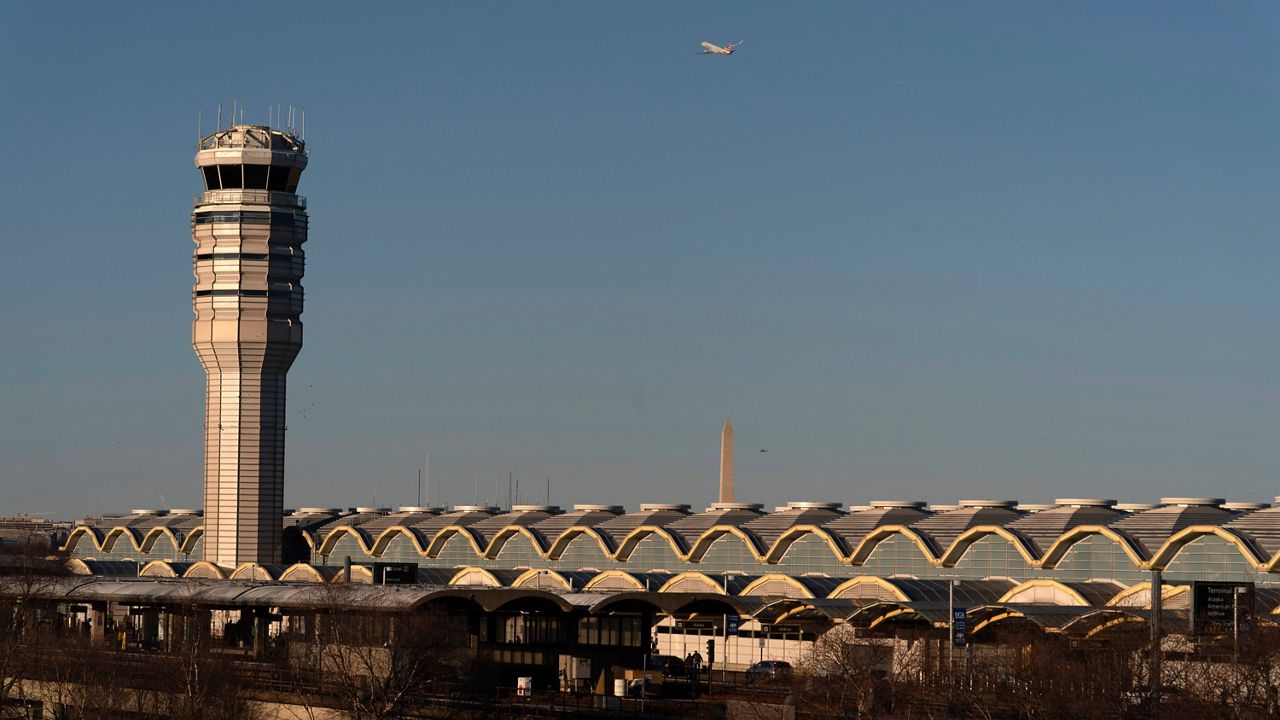Organized labor in the United States made waves in 2022, as high profile strikes and worker actions scored victories at Starbucks, Amazon, The New York Times and with educators on both coasts.
According to recent polling, union support is at its highest point in nearly 60 years and there’s a sense that the tide may keep rising.
“The desire to have a union is contagious. Workers see successful strikes, they see successful negotiations and that inspires peoples’ hopes and raises their expectations,” said Ken Jacobs, chair of the University of California, Berkeley Labor Center.
A Gallup poll published in August found that 71% of Americans approve of labor unions, the highest point since 1965 and up from a nadir of 48% approval in 2010.
“The low unemployment rate that developed during the pandemic altered the balance of power between employers and employees, creating an environment fostering union membership that has resulted in the formation of unions at several high-profile companies,” Gallup wrote in its analysis of the poll.
Unions won 1,041 elections to represent workers in Fiscal Year 2022, out of 1,363 elections held, with more than 270 of those coming from Starbucks stores across the U.S., and still more coming from Trader Joe’s, Apple, Chipotle and Amazon. Those victories came despite significant "union resistance" pushback from those companies, which has led to accusations of union-busting.
And according to Cornell University’s Labor Action Tracker, 406 strikes took place in 2022 — about a 50.3% increase over the 270 strikes that took place in 2021.
The University of California system was ground zero for one of the largest strikes in American educational history last year, as approximately 48,000 teaching assistants, researchers and tutors struck for nearly six weeks. These are workers who, in many cases, are integral to the functions of higher education: they teach small section classes inside of large lectures, grade papers and work directly with students. When all was said and done, workers approved deals offering minimum salaries by Fall 2024 of about $34,000 at most UC campuses, and $36,500 for workers at UC Berkeley, UC San Francisco and UCLA, as well as childcare subsidies, paid leave and time off and guaranteed non-discrimination measures, among other benefits.
Excitement over 2022’s labor wave may be tempered slightly by a recent report from the Bureau of Labor Statistics which indicated that the rate of union membership in the U.S. actually fell by 0.2% in 2022 — down to 10.1%, from 10.3% in 2021.
However, raw total union membership increased in 2022 by 273,000 workers from the year prior, leading to a total of 14.3 million unionized workers across the United States.
According to the BLS report, the decreased rate owes to the creation of 5.3 million new jobs in the U.S.
One major thing could stymie the continued growth of interest in labor: the currently tenuous state of the national and global economy.
Though the unemployment rate has returned to pre-pandemic levels (3.5% as of Dec. 2022, matching the reported rate in Feb. 2020), the International Labor Organization’s 2023 World Employment and Social Outlook report projects that a global economic slowdown will cool post-pandemic recovery and force workers to accept “lower quality, poorly paid jobs.”
However, some market analysts expect that, while 2023 may see a recession, it’s expected to be a relatively mild one that may lead to a stable 2024.
“The big question here is what happens overall with the economy,” Jacobs said. “Part of what gives workers confidence over the last few years is having a labor market where people were not operating in fear. If the Federal Reserve bank succeeds in taking the economy, if that ends up leading us into a recession…it increases the potential for some fairly intense labor conflicts” among workers with high expectations colliding with their employers.
At least 150 union contracts are set to expire in 2023, according to an analysis by Bloomberg Law. Labor deals will end this year for workers at UPS, Kaiser Permanente, Ford, GM and the Alliance of Motion Picture and Television Producers. Those contracts alone represent about 636,000 workers. The agreement between the United States Postal Service and its 200,000 letter carriers also expires this year, in May. And thousands of teachers at the country’s two largest public school systems, in Los Angeles (about 30,000 workers) and New York City (about 110,000 workers), are currently working under expired contracts.







